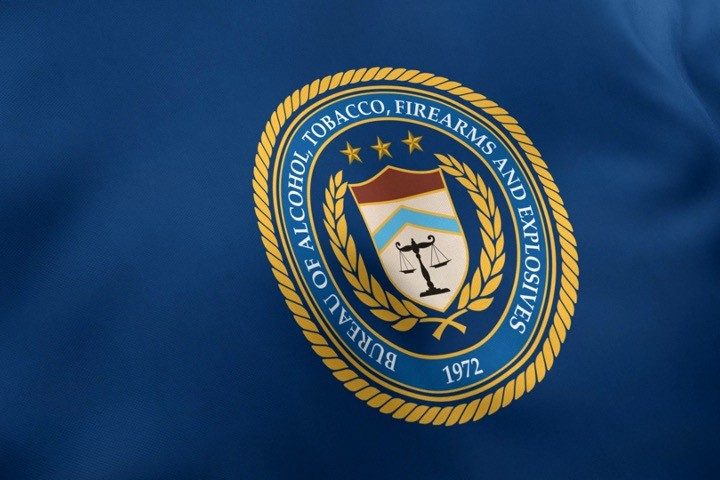
Gun owners and those supporting the Second Amendment must wait for rulings that block the Bureau of Alcohol, Tobacco, Firearms and Explosives (ATF) from enforcing its unconstitutional “pistol brace” rule against all gun owners.
The latest two rulings, including Texas v. ATF, are temporary restraining orders (TROs) against the ATF, but they only apply to the specific plaintiffs in each lawsuit.
Freedom is lost by yards and regained by inches, it seems.
On May 23, the Fifth Circuit Court of Appeals enjoined the ATF just days before the unconstitutional rule declaring that pistol braces turn pistols into automatic rifles that fall under the 1934 National Firearms Act was to take effect. The order only applies to the plaintiffs: two gun owners, a company that makes pistols with braces, and members of the Firearms Policy Coalition.
Eight days later, the U.S. District Court for the Southern District of Texas ruled on the same issue, with the same limitations: the temporary restraining order against the ATF’s enforcement of its new rule only applies to employees of the State of Texas, members of Gun Owners of America, and the individual plaintiff Brady Brown.
There are many lawsuits pending against the ATF declaring that its new pistol-brace rule, effective June 1, is unconstitutional because it violates both the Second Amendment and the Administrative Procedures Act (APA). These include The Second Amendment Foundation v. ATF, Mock v. Garland, Watterson v. ATF, FRAC v. Garland, Britto v. ATF, and Miller v. Garland.
Each of them makes roughly the same case against the ATF: The agency is guilty of overreaching its constitutional authority (which itself is questionable), guilty of rewriting the rule under pressure from Biden, and guilty of violating the APA. As the 25 state attorneys general complained in FRAC v. Garland, “The President’s express aim was to act ‘without having to go through the Congress’” in order to infringe further on gun owners’ rights.
That lawsuit expanded its complaint against the current resident of the Oval Office:
Without any legislative change, the President of the United States ordered ATF to abandon a decade of practice under an established framework and “to treat pistols modified with stabilizing braces” as “subject to the National Firearms Act.”
In Britto v. ATF the same charge against the ATF was made:
ATF made this change without legal authority and despite previously and repeatedly concluding just the opposite.…
The new rule unlawfully usurps Congressional authority….
This, of course, smacks of a dictatorship, where all power rests in one branch of the government, or one individual in that branch, without constitutional constraints or limitations.
One of the many lawsuits currently pending, Mock v. Garland, expands its complaint to include the 1934 National Firearms Act itself.
It is increasingly likely that, as these court cases come to be heard and ruled upon, one or more of them will have the effect of neutering the ATF’s latest and boldest attempt to infringe on the Second Amendment rights of every law-abiding gun owner in the country.
Until then, the battle to win back lost freedoms will take time — one inch at a time, one lawsuit at a time.
Related articles:
More Victories for Gun Rights; What Will the Future Hold?



